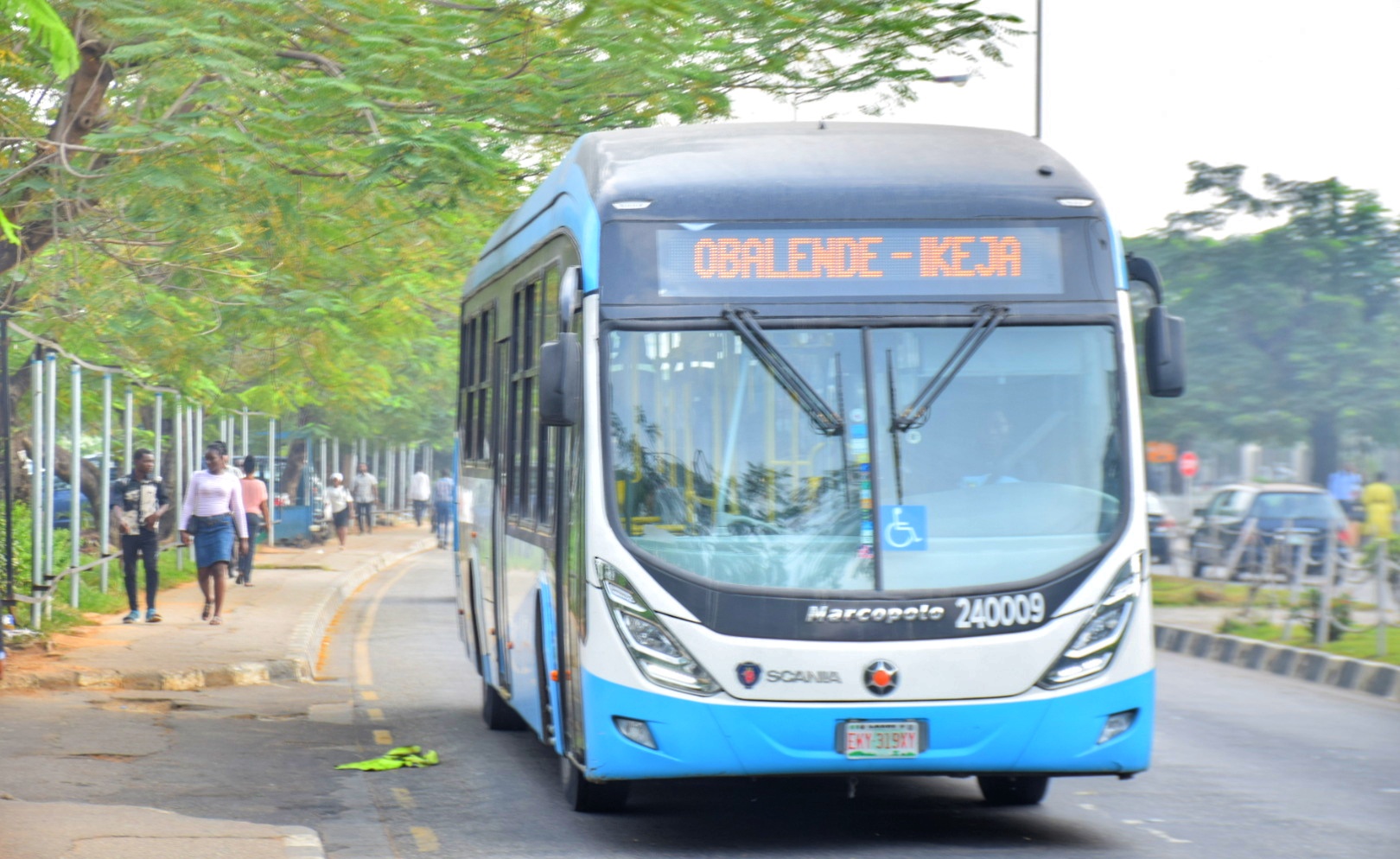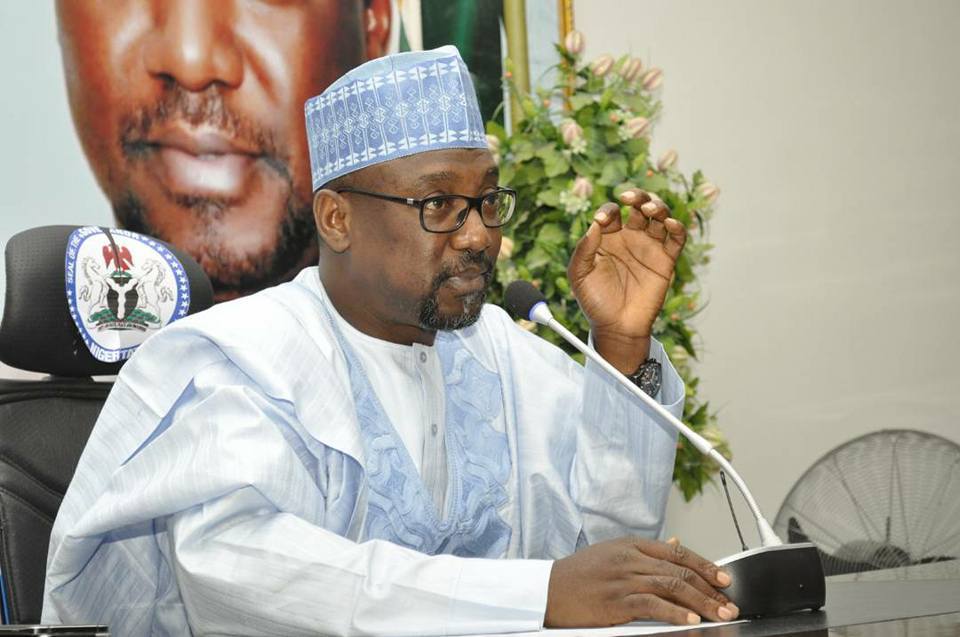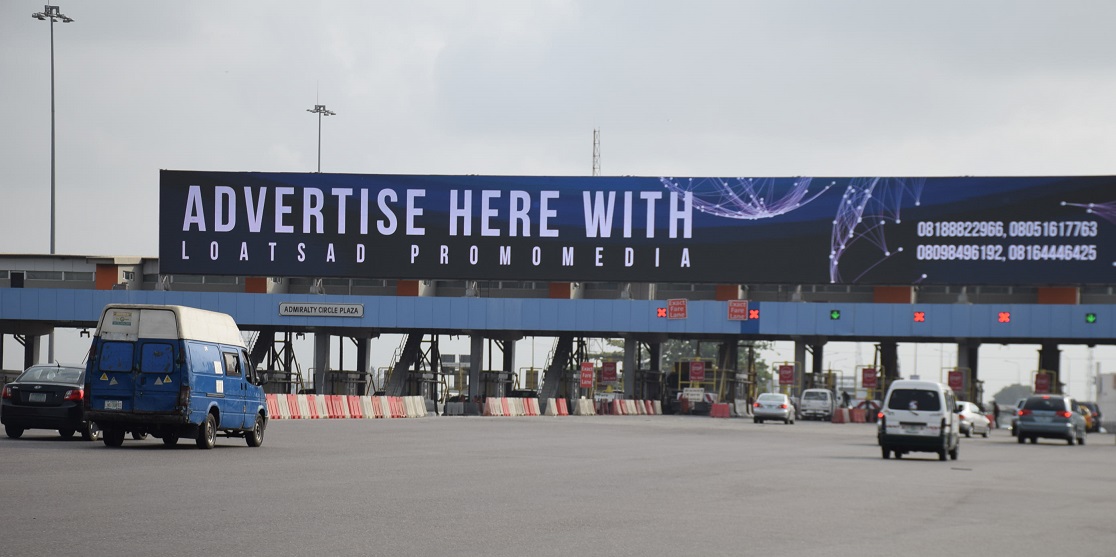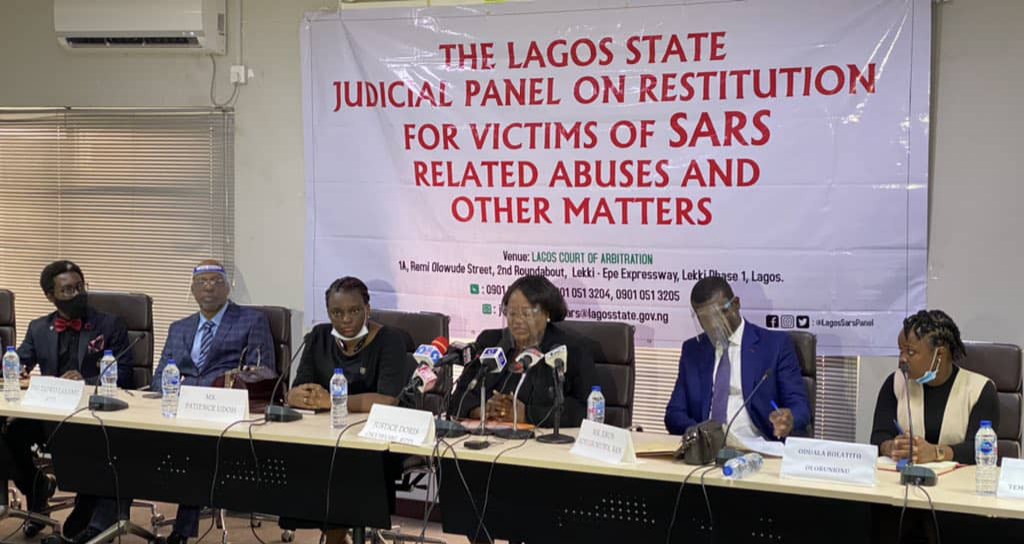BY GBENGA ONABANJO
In 1983, a mass transit system proposed for Lagos was truncated by the military government with the cancellation of the Lagos Metroline Project introduced by Governor Lateef Jakande. Long after that, under the leadership of Governor Bola Ahmed Tinubu, a committee was set up to come up with a quick fix to resolve the challenges posed by the lack of a mass transit system in a city as large as Lagos with a population of almost 10 million at the time. The committee was saddled with the responsibility of providing a transport system that would meet the needs of local users while improving citizens’ quality of life, economic efficiency and safety within a clearly defined budget.
With case studies from Curitiba & Quito in Brazil, TransMilenio in Bogota, Columbia and other successful BRT operations in Europe, the Integrated Transport Planning Ltd (ITPL) in partnership with Sub Sahara Africa Transport Planning (SSATP), under the guidance of the Lagos Metropolitan Area Transport Authority (LAMATA), came up with the Lagos BRT- LITE Scheme covering a distance of 22 kilometres from Ketu on the Mainland to CMS in Marina on the Island. This was a most audacious proposal and the choice of this route cannot be faulted.
The BRT Scheme, from conception to implementation of the operations, took only 15 months, ostensibly because of the urgency and its importance to the economic wellbeing of the State. In the process, there could have been some oversights, leaving out some conflict areas that may require some reviews and fine-tuning. This is more so when one considers that similar schemes in other countries took a minimum of 30 months from conception to operations but were usually more sophisticated and expensive in terms of the dollar rate per kilometre run.
The 10-lane Ikorodu Road, with three fast-moving lanes and two service lanes each way, was constructed at a time the population of Lagos was just about two million with about 200,000 vehicles.
Advertisement
By the time the BRT Scheme was conceived, Lagos population was already inching close to 10 million and the vehicle count had also increased proportionately. With the bilateral running lane, irreversible and dedicated bus lane on Ikorodu Road, the hitherto choice route for motorists commuting between Ketu and the Island now became a no-go area and this put a lot of pressure on the outer ring road via the Third Mainland Bridge.
With a growing population of people and vehicles in the state, one would have expected a clamour for increased lanes rather than a decrease in the pliable lanes. In the first instance, the physical barriers introduced on the bilateral running lane close to the service lanes pose a number of challenges.
- The physical barriers psychologically reduce the road reservation on the remaining 2-lane fast-track to about a lane and a half as it barely takes two articulated vehicles moving side by
- It reduces considerably the speed along the road as motorists are very careful and therefore move at a considerably slow
- Any breakdown on this road causes tremendous traffic tailback. It would have been better if it was a 4-lane carriageway, instead of 3. If there is a breakdown on a lane, motorists would still have the luxury of going through two other
- The physical barriers have consistently been too dangerous at entry points and hardly any day goes by without a vehicle running into it, even after 12 years of its implementation. There have been quite a few fatalities in the past, in addition to avoidable damages to vehicles of road users who are not familiar with the There are also no reflectors to warn motorists at night.
- Provisions have not been made for pedestrian access to the bus station islands as pedestrians have to cross the service lanes to get to the bus station
- The resolution of the entry from the service roads through the dedicated lane into the expressway needs a rejig as it poses a lot of danger.
- The number of buses deployed on the route does not justify the sole dedication of the lanes.
- If the lanes are reversible with cat eyes and other less permanent means of demarcation, then other vehicles could use the lanes during off-peak
- The dedicated road pavement has always worn out too frequently until lately when it had to be paved in reinforced
- The choice of design and construction of the initial bus shelters was not sustainable; hence, the whole structures had to be scrapped to give way to a new and more practical
In my view, the design and the execution of the first phase were done to meet certain timelines. Being the first BRT Scheme in Africa, this is very commendable as it will ginger other African countries to consider doing the same for their cosmopolitan cities.
Advertisement
Worthy of mention is the fact that the improvements in the scheme are showcased in the BRT extension to Ikorodu Town and the other phase to Agege. However, to enforce compliance and to prevent unauthorized vehicles on BRT lanes, I suggest the installation of cameras on the bus routes.
A median running lane would be more conducive for the Ikorodu Road BRT system. This will certainly cost more but it will produce better results and ensure a better flow of traffic. And it will be most heartwarming, after the success recorded with the BRT-LITE Scheme, to have a continuous improvement programme on the existing scheme for safe, efficient and cost-effective transport system in Lagos.
Onabanjo is the founder of GO-FORTE FOUNDATION, an organisation dedicated to the restoration of the environment.
Advertisement
Views expressed by contributors are strictly personal and not of TheCable.
Add a comment





